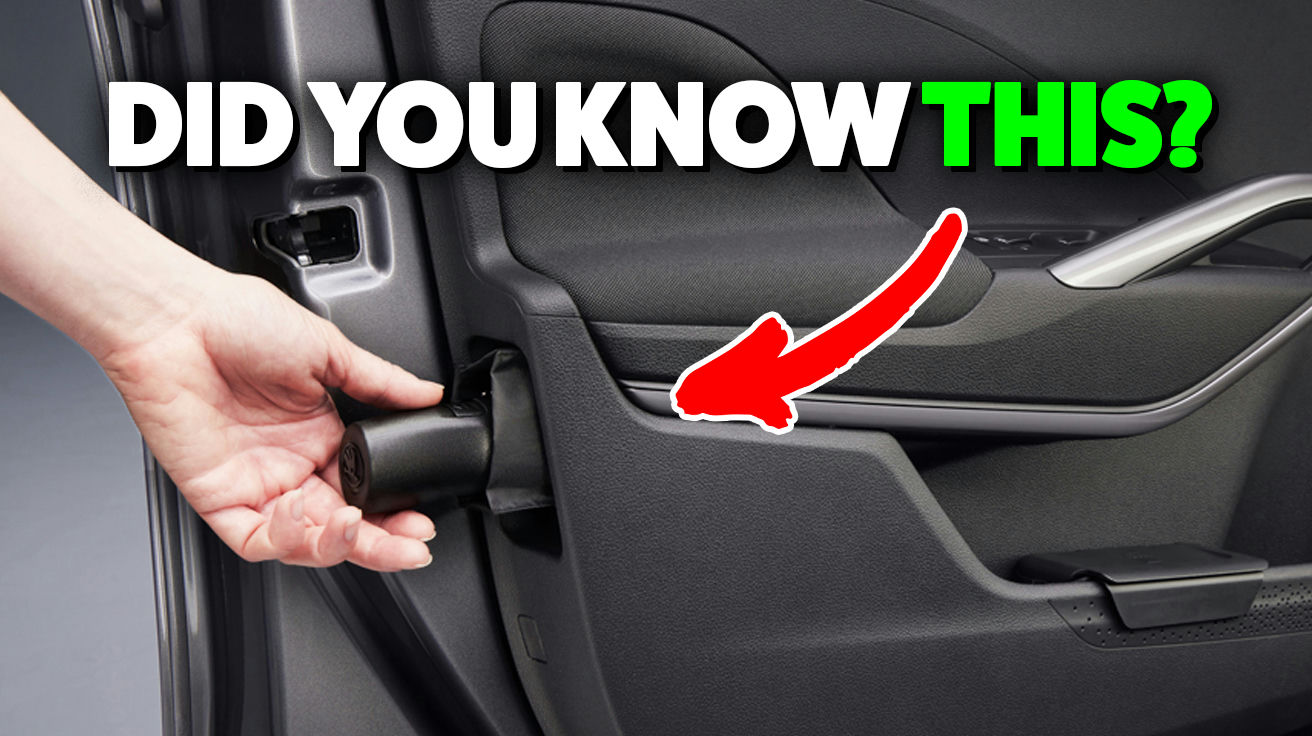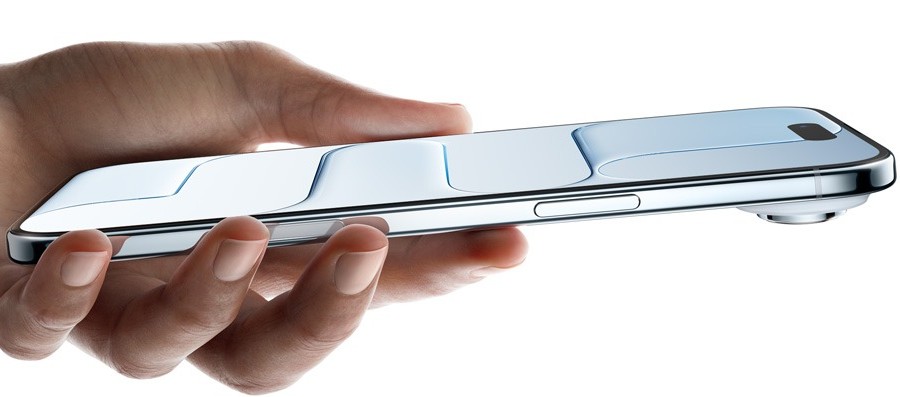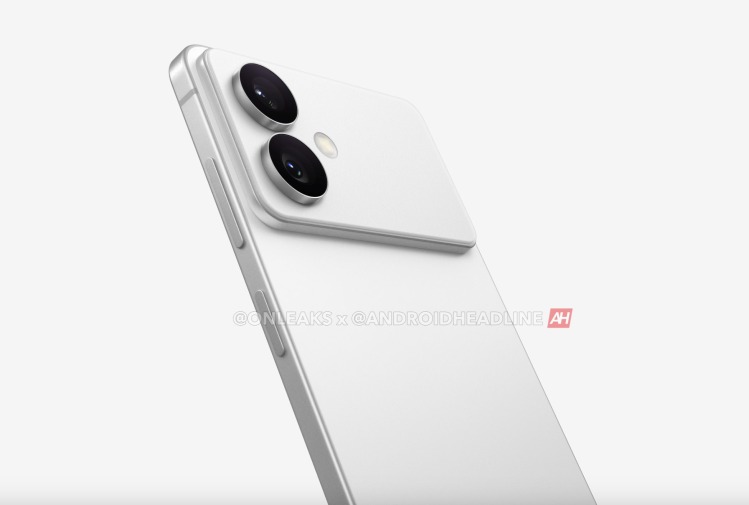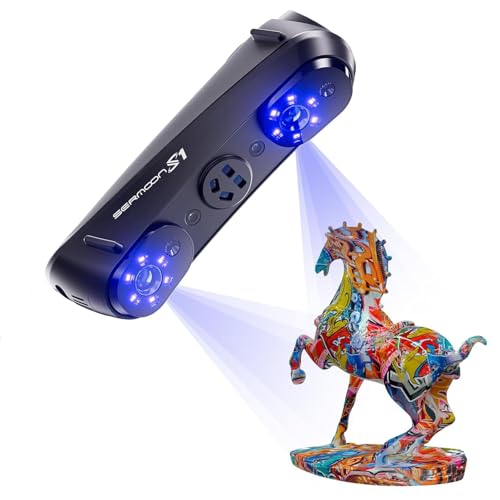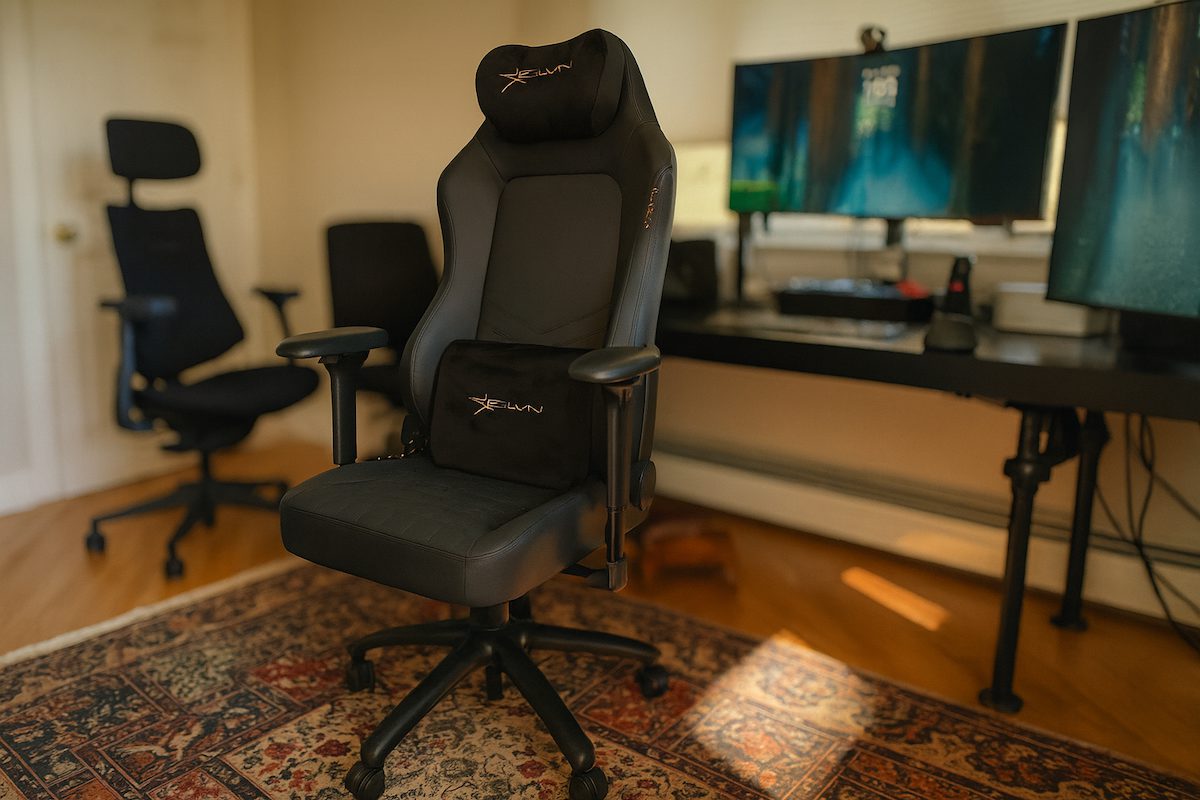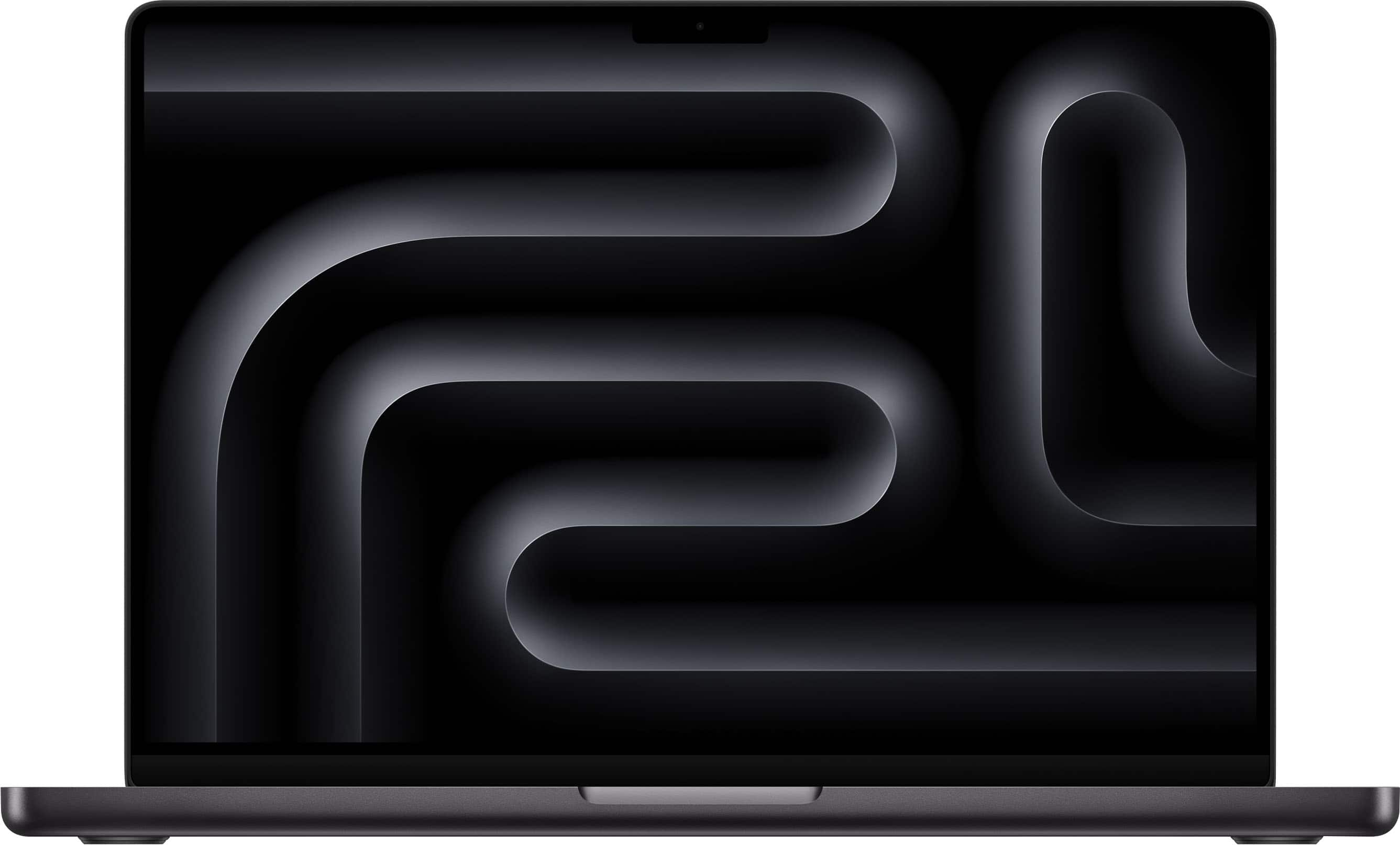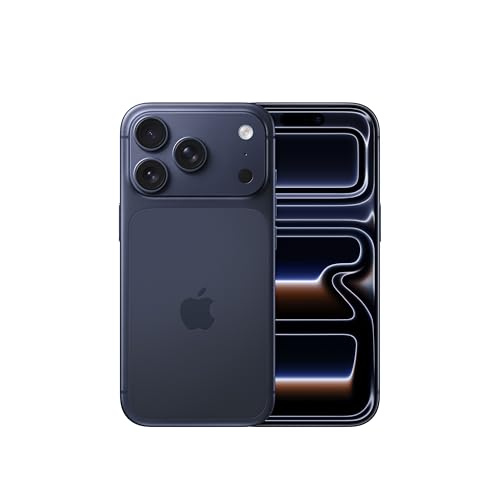Your car is hiding secrets. That shiny exterior conceals dozens of clever features engineers buried without telling anyone. Think of it as a Swiss Army knife with half the tools still folded away.
19. Remote Key Fob Special Functions

Your key fob does more than unlock doors. On most Toyota, Volkswagen, Kia and Hyundai models, press and hold unlock for 3-5 seconds and all windows drop at once. Perfect for cooling your car before summer drives. Honda and Volvo need a different trick: press unlock once, then press and hold.
That circular arrow button? It starts your engine remotely so your car warms up while you finish breakfast. Just don’t overuse these buttons – they drain batteries fast. Most transmitters last 2-3 years before needing replacement.
18. Color-Coded Engine Components

Pop any modern hood and you’ll find a deliberate color system – not random choices but a brilliantly intuitive maintenance guide. Red means battery connections – a warning to be careful. Dark gray or black parts usually mean “let the pros handle this.” Toyota uses this color scheme in all their cars, though Ford uses orange dipsticks instead of yellow. Knowing these colors helps you handle basic maintenance yourself and saves money on service visits.
17. Road Condition Indicators

That snowflake icon on your dash isn’t just decoration. It’s a temperature monitor that warns you when roads might turn into ice rinks. Your car works like a personal weather station watching for that danger zone where tires lose grip.
Different brands set different warning temps. Volkswagen alerts you at 39°F, while Toyota waits until 37°F. Fancy cars like Volvo even talk to each other about slippery spots – creating an early warning network so you slow down before hitting black ice.
16. Hidden Storage Compartments

Car designers know that “if you can’t see it, you can’t steal it.” That’s why they created hidden spots throughout your vehicle. Recent Jeep Grand Cherokees have secret spaces under the cargo floor that thieves never check.
Volkswagen tucked a sliding drawer under the driver’s seat in many Golf models. The Toyota Hilux turns part of the dash into a mini cooler. Some owners drive for years before finding these spots – like discovering a secret room in your house. Newer hideaways even come with USB charging and PIN locks.
15. Easy Fill Tire Alert

Nissan made tire inflation almost fun with their Easy Fill Tire Alert system. GMC, Chevrolet and Jeep now offer similar systems that take the guesswork out of proper inflation.
The system works simply: park, set the parking brake, turn the ignition to ON without starting. Add air and the lights flash to acknowledge. When you reach the right pressure, the horn beeps once. Keep going and multiple honks warn you to stop. Properly inflated tires improve fuel economy if your tires were low before.
14. Fuel Gauge Arrow

Next time you pull up to a gas station, check your fuel gauge. That little arrow next to the gas pump icon shows which side your fuel door sits on. No more awkward pump position guessing games when driving unfamiliar cars.
Most vehicles have had this feature since the early 2000s. It’s especially handy for rental car drivers or people who switch between vehicles often. Yet many drivers still pull up to pumps incorrectly at least once, proving that even simple ideas can’t always overcome habit.
13. Fuel Cap Holder

That small plastic hook inside your fuel door solves a simple problem with elegant design. It holds your gas cap while refueling so it doesn’t swing against your paint and scratch it.
Beyond protecting your paint, it keeps your cap clean during refills. Dirt on caps can enter fuel systems and trigger check engine warnings. While newer cars use capless systems, most still have traditional caps. Small details like this deliver big benefits – just like how small rudders steer huge ships.
12. Anti-Glare Features
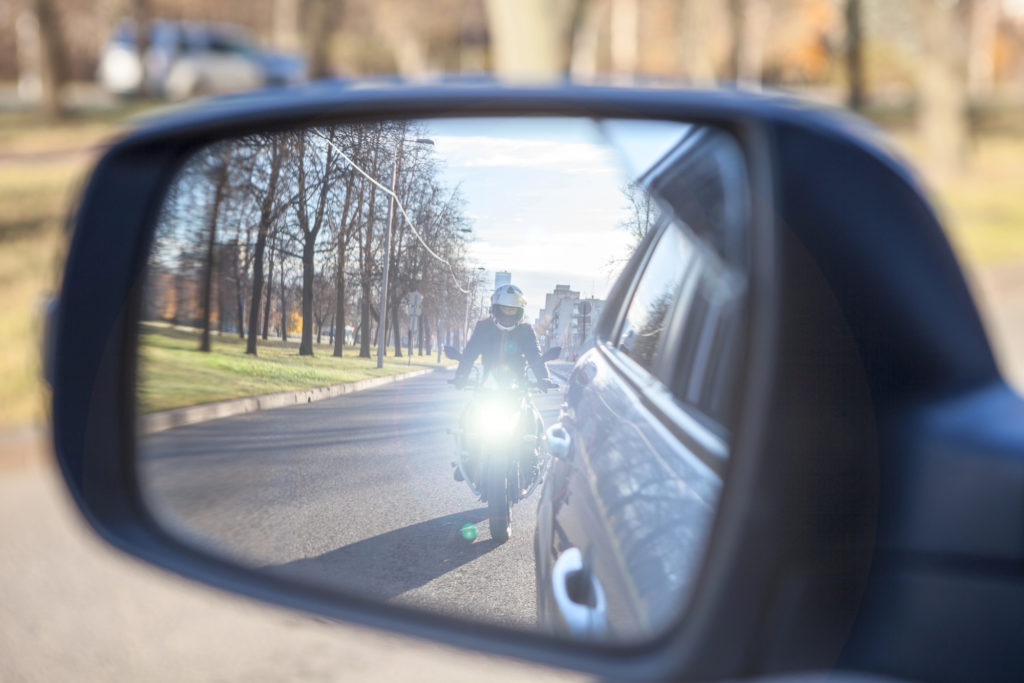
Headlight glare in mirrors creates dangerous night driving conditions. Engineers fixed this with smart solutions from manual flip tabs to high-tech electrochromic systems. Modern systems automatically darken mirror surfaces when they detect bright lights behind you – working like glasses that darken in sunlight.
The most advanced cars replace mirrors with camera displays that virtually eliminate glare. These features help you see better at night and react faster in critical situations, potentially reducing accidents during dark hours. The best systems can even dim portions of high beams to avoid blinding oncoming drivers.
11. Traffic Signal Change Warning
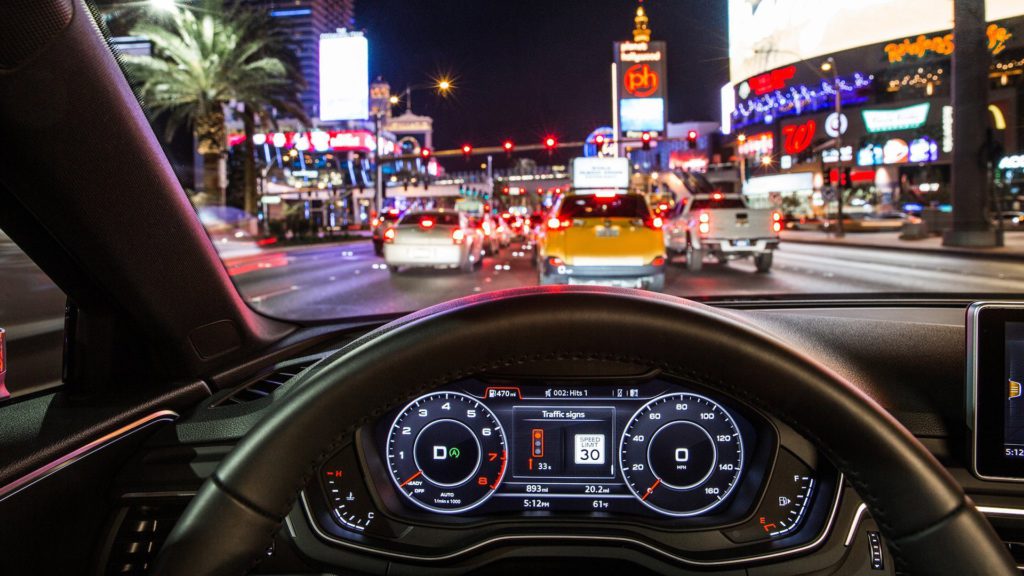
New vehicle systems can predict traffic light changes through cameras, GPS, and communication with infrastructure. This tech tells you when lights will change so you don’t have to brake suddenly when a light turns red unexpectedly.
Audi, BMW, and Subaru lead with systems that warn you about upcoming signal changes. Premium versions like Audi’s Traffic Light Information can even predict when lights will turn green, letting you time your approach for a smooth flow through intersections. Since many accidents happen at intersections, these features create safer driving beyond just convenience.
10. Emergency Shift Button

Hidden near your automatic transmission shifter lies a small cover concealing an emergency override. Most drivers discover this only after breaking down – like finding emergency equipment after problems start.
This mechanical override works without electrical power, letting you shift into neutral when your battery dies. Just insert a key or similar tool to activate this fail-safe. With roadside assistance costing $100+ per call (more after hours), this little button delivers big value during electrical emergencies.
9. Backup Mechanical Key

Despite all the fancy electronics, every modern vehicle includes a hidden mechanical key inside the electronic fob as backup when tech fails.
Find the small release button or slider on your fob to reveal a metal key that manually unlocks doors. The actual keyhole often hides under a cap or trim piece on door handles for extra security. This traditional approach ensures access when electronics fail. Smart drivers familiarize themselves with this feature before emergencies happen.
8. Drowsiness Detection Systems

Highway deaths from tired drivers claim thousands of lives yearly. Modern cars now include monitoring systems that track facial features and driving behavior to alert you before dangerous microsleeps happen.
These systems look for warning signs like extended blinking, head position changes, drooping eyelids, and lane wandering. Warnings typically include dashboard coffee cup icons, sounds, and seat vibrations like phone notifications. Once found only in luxury brands, this life-saving tech now appears in mainstream models from Subaru, Toyota, Honda, and Mazda.
7. Conversation Mirror

Parents need to see backseat activities without turning around. Family vehicles now include wide-angle conversation mirrors that show rear passengers while keeping your eyes on the road ahead.
Found mainly in minivans and three-row SUVs like Honda Odyssey, Toyota Sienna, and GMC Yukon models, these mirrors let you maintain forward focus while checking on kids. By eliminating the need to physically turn around – which briefly blinds you to forward conditions – this simple addition cuts distraction-related risks.
6. Adaptive Cruise Control (ACC)

Traditional cruise control compared to adaptive systems resembles flip phones versus smartphones – same category name but totally different capabilities. Modern ACC uses radar and cameras to maintain proper following distances automatically, adjusting your speed to match surrounding traffic without constant intervention.
Most new cars now include this technology, making it one of the fastest-growing safety features in automotive history. Advanced versions handle complete stop-and-go traffic, automatically stopping and resuming as congestion changes. This significantly reduces fatigue during highway travel and rush hour traffic.
5. Emergency Braking Assist (EBA)

Many drivers fail to press brake pedals hard enough during panic stops. Emergency Braking Assist fixes this by detecting emergency situations through how fast and hard you hit the pedal, then automatically increasing braking force to maximize stopping power.
Over the past decade, this tech evolved to include predictive capabilities through cameras and radar that anticipate potential collisions before drivers react. Advanced versions initiate automatic braking when sensors detect imminent crashes. Many drivers never realize when this technology activates, yet it significantly reduces rear-end collision rates and severity.
4. Night Vision

Normal headlights only show what’s in their beam, but night vision systems extend your sight using specialized imaging technology. Through infrared or thermal cameras, these systems reveal obstacles, pedestrians, and animals far beyond standard lighting range.
Different approaches offer various capabilities: active systems use infrared illumination to spot objects up to 600 feet ahead, while passive thermal imaging identifies heat signatures approaching 1,000 feet away. Originally found only in luxury vehicles, this technology gradually spreads to more mainstream models as costs decrease.
3. Crumple Zones and Safety Cells

Car structures work as sophisticated energy management systems during crashes. Front and rear crumple zones progressively collapse during impacts, absorbing energy through controlled deformation that directs force away from passengers.
Around the passenger compartment, reinforced safety cells built from high-strength steel resist deformation. Together, these systems dramatically reduce forces transmitted to occupants by distributing impact energy throughout the vehicle structure rather than transferring it directly to passengers.
2. Umbrella Compartment

Addressing the problem of wet umbrella storage, luxury brands developed dedicated compartments with drainage systems to handle moisture. Rolls-Royce pioneered this feature as a signature British weather solution, now adopted by Škoda and others in more mainstream models.
Located within door panels or trunk areas, these specialized compartments provide quick umbrella access during sudden downpours while preventing moisture damage to interior materials. Drivers who previously ruined leather seats with dripping umbrellas immediately appreciate this dedicated solution.
1. Dashboard Cooling Box
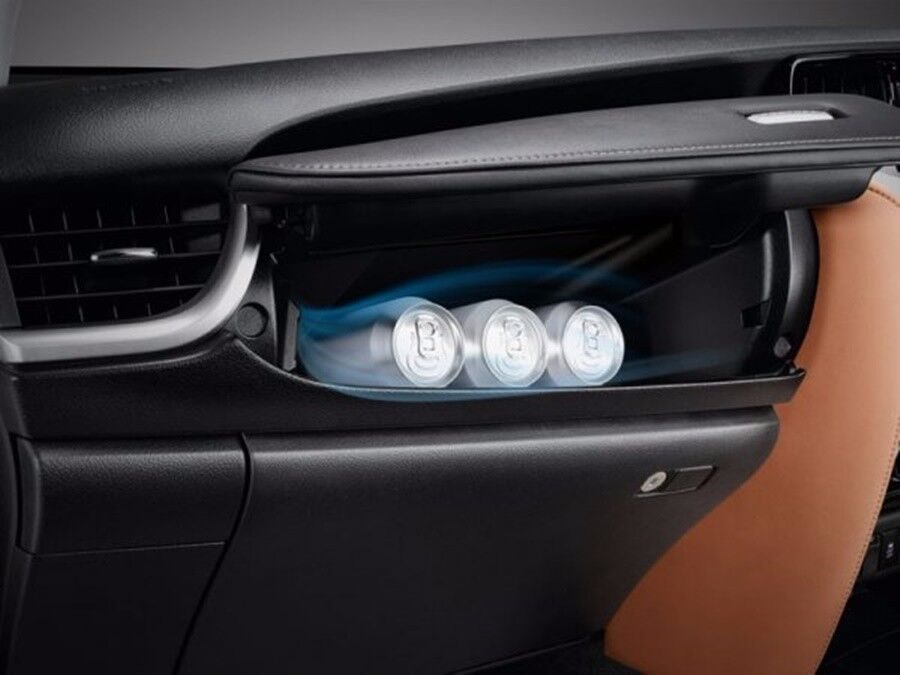
Road trips usually mean choosing between warm drinks or wasting space with bulky coolers. Many SUVs and luxury vehicles now include refrigerated compartments in dashboards or center consoles that keep beverages perfectly chilled regardless of outside temperatures.
Connected to the car’s air conditioning, these energy-efficient cooling zones work whenever climate control runs. Premium versions include adjustable temperature settings that prevent freezing while maintaining ideal coolness. By eliminating external coolers that create condensation problems and waste valuable space, these integrated solutions simplify extended travel.


